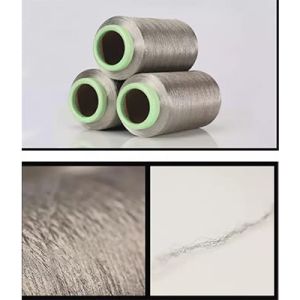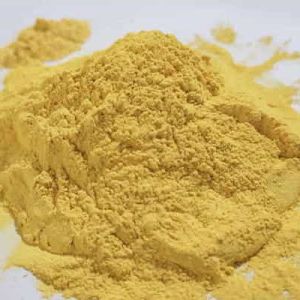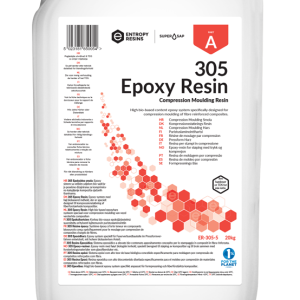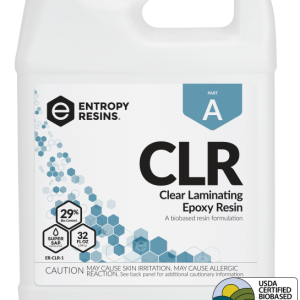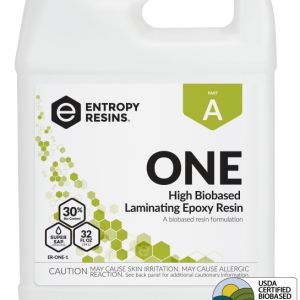Polyvinyl Butyral (PVB)
High-Performance Polymer Material
Advanced Interlayer and Adhesive Solutions with Polyvinyl Butyral
Introduction
Polyvinyl Butyral (PVB) is a high-performance polymer material widely used as an interlayer in laminated safety glass and as an adhesive in various applications. Known for its exceptional binding properties, clarity, flexibility, and toughness, PVB is essential in industries such as automotive, construction, and photovoltaic modules. The material’s ability to absorb energy from impacts makes it ideal for enhancing the safety and durability of laminated glass and other products.
Key Features
- High Clarity and Transparency: Ensures excellent light transmission and optical clarity, making it ideal for applications requiring clear visibility.
- Exceptional Adhesion: Strong bonding capabilities with glass, metals, and other materials.
- Flexibility and Toughness: Offers flexibility and resistance to impact, improving the durability of the final product.
- UV Resistance: Provides protection against ultraviolet (UV) radiation, enhancing the longevity of laminated glass.
- Acoustic Dampening: Reduces noise transmission, making it suitable for soundproofing applications.
- Thermal Stability: Maintains performance across a wide range of temperatures.
Types
- Standard PVB Interlayer: Ideal for general applications in laminated safety glass.
- High-Performance PVB: Enhanced properties for demanding applications, including automotive windshields and architectural glass.
- Colored PVB: Available in various colors for aesthetic and functional purposes.
Applications
- Laminated Safety Glass: Used in automotive windshields, building windows, and bulletproof glass to enhance safety and durability.
- Photovoltaic Modules: Serves as an encapsulant in solar panels, providing protection and durability.
- Adhesives: Utilized in adhesives for various industrial applications, offering strong bonding and flexibility.
- Soundproofing: Employed in acoustic applications to reduce noise transmission.
- Protective Films: Used in the production of protective and decorative films.
Specifications
| Specification | Details |
|---|---|
| Chemical Composition | Polyvinyl Butyral (PVB) |
| Appearance | Clear to slightly colored |
| Density | 1.07-1.12 g/cm³ |
| Glass Transition Temperature (Tg) | 60°C – 70°C |
| Melting Point | 180°C – 220°C |
| Tensile Strength | 20-25 MPa |
| Elongation at Break | 200-250% |
| Adhesion Strength | Excellent adhesion to glass and metals |
| UV Stability | High |
| Acoustic Properties | Excellent noise dampening |
General Uses
- PVB Rolls: Available in various thicknesses and widths to meet different application needs.
- Cutting Tools: Specialized tools for cutting and shaping PVB interlayers and films.
- Adhesion Promoters: Chemicals and treatments to enhance adhesion to specific substrates.
- Protective Equipment: Safety gear for handling and processing PVB materials.




